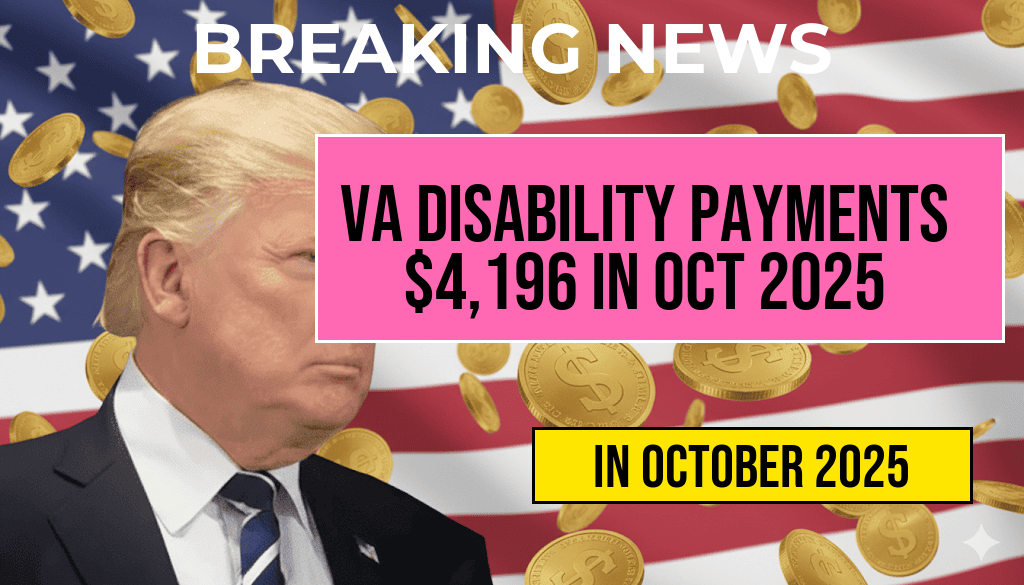California and New York are set to implement significant increases to their minimum wages, both raising the hourly rate to $16.50 in upcoming years. This move reflects ongoing efforts by state policymakers to address economic disparities and improve living standards amid rising inflation. California, which has long been at the forefront of minimum wage policies, will phase in the increase over the next two years, affecting millions of workers across various industries. Meanwhile, New York plans to adopt a similar schedule, with the wage hike scheduled to take effect in late 2024, impacting urban centers such as New York City and surrounding regions. These adjustments mark a notable shift from previous minimum wage levels, which varied significantly across sectors and regions within each state. Both states aim to balance economic growth with increased worker compensation, amid ongoing debates about living wages and economic equity.
Details of the Wage Increase Plans
California’s Path to $16.50
California’s legislative framework mandates incremental increases to the minimum wage, depending on employer size. The upcoming increase to $16.50 per hour is part of a broader plan that will see wages rise gradually over the next two years. For employers with 26 or more employees, the minimum wage will reach $15.50 in 2024, followed by the increase to $16.50 in 2025. Smaller businesses with fewer than 26 employees will follow a slightly delayed schedule. The state’s Office of Business and Economic Development reports that these adjustments are designed to support economic stability while ensuring workers are compensated fairly amid inflationary pressures.
New York’s Scheduled Increase
New York’s wage plan also targets a $16.50 hourly rate, with the increase phased in over a similar timeline. The state’s minimum wage varies regionally, with higher rates in New York City and surrounding areas. The plan envisions reaching the $16.50 mark by late 2024 in these urban zones, while other regions are expected to follow shortly afterward. The New York State Department of Labor emphasizes that this adjustment aligns with the state’s broader economic recovery efforts and aims to support workers facing rising costs of living.
Impacts on Local Economies and Businesses
| State | Region | Current Minimum Wage | New Minimum Wage (2025) |
|---|---|---|---|
| California | Statewide | $15.50 | $16.50 |
| New York | New York City & Surrounding | $15.00 | $16.50 |
| New York | Other Regions | $14.00 | Approximately $15.50 – $16.00 |
Economic Considerations
Supporters argue that these increases will significantly boost workers’ purchasing power, reduce poverty levels, and stimulate local economies through increased consumer spending. However, critics warn that higher minimum wages could lead to increased labor costs for small businesses, potentially resulting in reduced hiring or increased automation. Economists remain divided on the long-term impacts, with some studies suggesting that moderate wage hikes have minimal effects on employment rates, especially in high-demand sectors. Both states have emphasized that their phased approach allows businesses to adjust gradually, aiming to mitigate potential disruptions.
Legal and Political Context
Legislative Background
The wage hikes are the result of legislative actions and ballot initiatives aimed at raising wages to meet cost-of-living increases. California’s legislation, passed in recent years, set a framework for scheduled increases tied to inflation metrics. In New York, lawmakers approved the phased wage hike as part of broader economic recovery legislation following the pandemic’s economic fallout.
Stakeholder Reactions
- Labor groups have largely welcomed the increases, emphasizing their importance in closing wage gaps and fostering economic security.
- Business associations express concern, particularly among small businesses that may struggle with increased payroll expenses.
- Policy analysts note that such wage increases could influence other states to consider similar adjustments, potentially setting a new standard for minimum wages nationwide.
Broader Trends and Future Outlook
The planned increases in California and New York reflect a broader trend toward establishing a living wage as a baseline for employment standards in major U.S. economies. As states evaluate the effects of these policies, discussions about potential adjustments or extensions are expected. Experts point to ongoing debates about balancing economic growth with equitable pay, especially in the face of inflation and rising living costs. Both states’ decisions could serve as models for future minimum wage policies across the country, prompting further legislative action in other jurisdictions.
For additional insights into minimum wage policies and economic impacts, visit Wikipedia’s minimum wage page and Forbes.
Frequently Asked Questions
What are the new minimum wage rates in California and New York?
The minimum wage will be increased to $16.50 per hour in both California and New York.
When will the new minimum wages take effect?
The new minimum wage rates are scheduled to take effect on [insert specific date if available], marking a significant increase for workers in both states.
Who is affected by the wage increase?
The wage hike applies to workers in various industries across California and New York, including retail, hospitality, and service sectors.
What is the reason behind the wage increase?
The increase aims to boost workers’ earnings and reduce income inequality in response to cost of living and economic conditions.
Are there any exceptions or phased implementations for the wage increase?
Some exceptions or phased implementations may apply depending on business size and industry regulations. Workers and employers should consult state labor departments for specific details.










